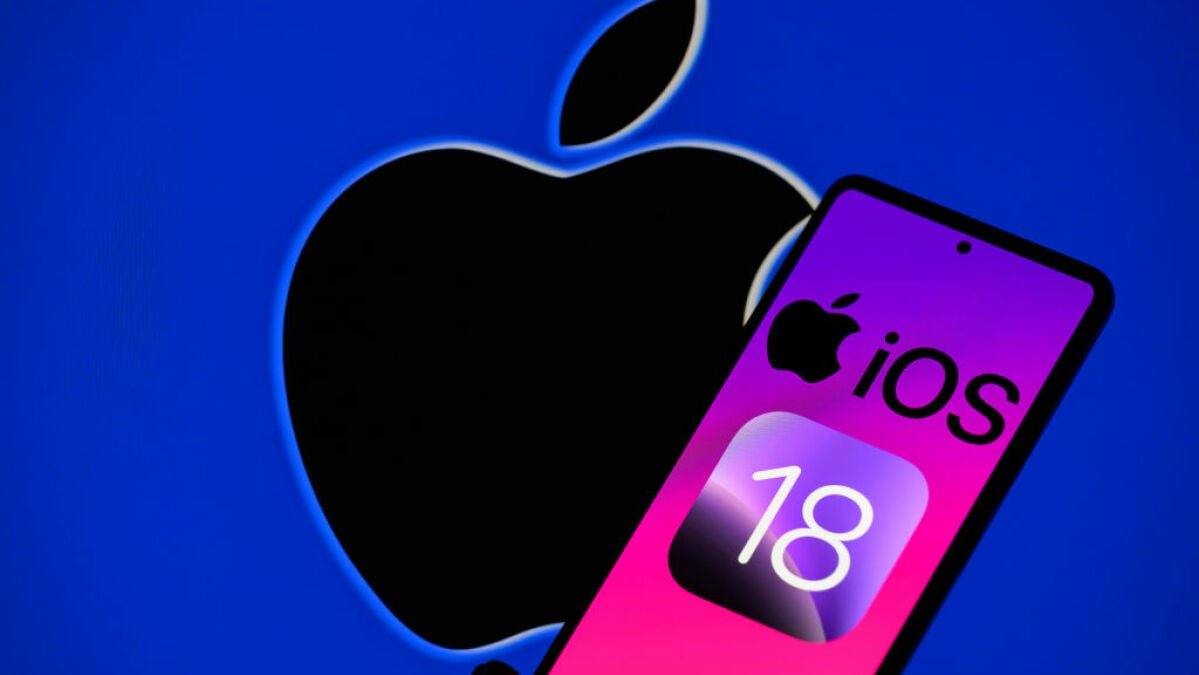between the iOS 18 Features announced by Apple in Worldwide Developers Conference 2024The ability to lock and hide apps was one of the most notable features.
Well, to some extent, it is Reverse It stands out because it means users can prevent people from accessing certain apps or hide them completely. Locking and hiding apps are related features that require Face ID to unlock. It’s a welcome update for people who care about privacy, or users who keep their apps’ behavior secret for more deceptive purposes.
In fact, Google searches for “how to hide apps on iOS” have increased by 1,250 percent according to Slash Gear. a reportand similar queries such as “How do I know if my husband is cheating on me” rose 200 percent and “How to unhide apps on iPhone” rose 80 percent within hours of the WWDC announcement.
Whatever the reason for hiding and locking your apps, here’s how to do it. Note: iOS 18 is currently in developer beta, available for anyone to download. But be careful that all beta versions may have bugs, so make sure to back up your data. If you need a quick primer on how to install the iOS 18 developer beta, head over to This guide.
How to lock your apps
On the Home screen, long press the app you want to lock, just as you would to rearrange or edit apps. From the list of options, there is a new option at the bottom that says “Require Face ID.” Click on this option. Next, a window pops up asking whether you want to request Face ID or hide the app and request Face ID. Tap “Requires Face ID to confirm your selection.”


You can now lock your Photos app and require Face ID to unlock it.
Credit: Apple
Your app is now locked to everyone else. You’ll notice this because the next time you open the app, Face ID does a quick scan to confirm your identity before granting access to the app.
Speed of light mashable
How to hide your apps
Just like you do when you lock an app, long press on the app you want to hide and look for the option that says “Requires Face ID.” Instead of tapping “Requires Face ID,” tap “Hide and Require Face ID.” You will receive a notification that the app will no longer be visible on your home screen. Tap “Hide App” to confirm.


The option to hide apps is currently not available for all apps, specifically the Photos app.
Credit: Apple
Well, the app magically disappears from your home screen. But it’s not completely invisible. The hidden application can still be accessed in the Hidden Applications folder. This can be found at the bottom of the Apps page.
In case you’re wondering, all iPhones running the iOS 18 update have a Hidden Apps folder, so even if you don’t hide any apps, the folder will still be there. This should obscure any lingering questions about whether or not you have hidden apps. To open the hidden apps folder and access these apps, you need to use Face ID.


All iOS 18 users have a hidden App Library, don’t be afraid!
Credit: Apple
We have noticed that some apps cannot be unhide, so when you long press on an app, you may not have the option to hide it. So far we’ve found that this is the case for built-in apps like Calculator, Maps, Clock, Stocks, and most especially Photos.
So, if you’re trying to hide some explicit photos, you’ll have to do this Select and hide them the old fashioned way. It’s unclear if this is a permanent option or will come later with the new iOS 18 release. However, you can hide most third-party apps like Spotify, Venmo, and mobile banking apps.
How to open or unhide your apps
To unlock an app, simply long press again and tap “Don’t require Face ID” from the app shortcuts.
To unhide an app, swipe to the App Library and then scroll down to the Hidden apps folder. This requires Face ID to unlock. Once your identity is verified, your hidden apps will appear. Long press on the app you want to unhide and then tap “Doesn’t require Face ID.”
Unfortunately, the app you just hidden doesn’t automatically appear again on the home screen, so you’ll have to add it manually again. It is unclear whether this is a bug or whether unhidden apps will automatically reappear in a future update.

